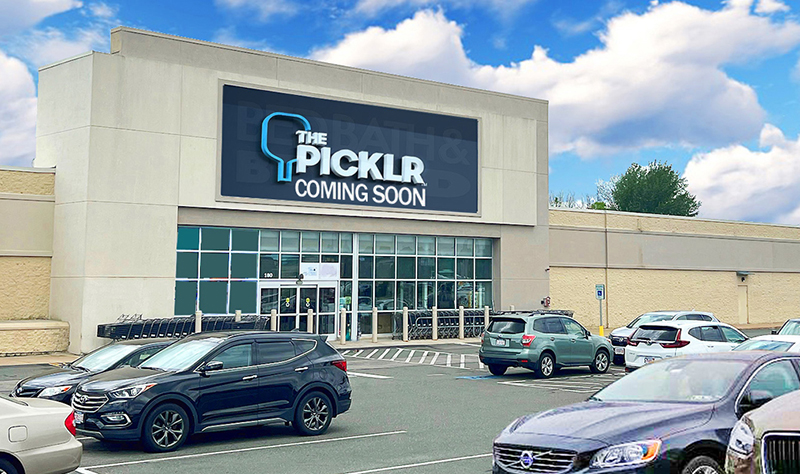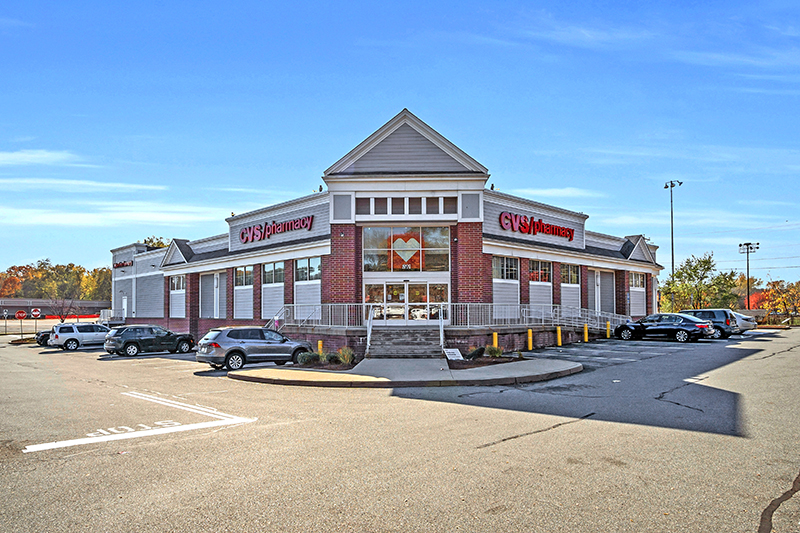The revitalization of suburban shopping centers is key to healthy leasing - by Ria McNamara
In recent years there has been a large focus on new development in the urban markets, leaving fewer retailers to look at opportunities in neighborhood and community suburban strip shopping centers. This has been particularly true for in-line tenancy and for non-food users. By keeping the neighborhood centers “fresh” and updated, these centers will attract more potential retailers and ultimately build value.
The majority of the suburban shopping centers in MA were built in the 1980’s-90’s, or even earlier, and have enjoyed super success during a 30 year period of “consumerism” where retail vacancies were relatively low. In 2015 however, suburban landlords are still trying to seek quality tenants to fill those small spaces, many in old, tired centers. Tenant retail brokers and retailers have a critical eye when determining a new site for their store. Expect that they will ask owners for new façade’s, signage, lighting, landscaping and parking improvements in the common areas.
The end result of renovating a center has multiple beneficiaries. Retailers’ benefit from increased foot traffic, the community benefits from increased economic activity, abutting neighborhoods have increased values, and ownership can see a bump in rental rates.
Given the hyper attention to urban areas, suburban retailers need a boost, and revitalizing a center for current and new retailers not only adds sales, it helps tenant retention thereby reducing leasing costs. Consumers are more likely to visit a “new” center than an older one, or one that has not been updated.
The community benefits from a revitalized center by having a “place” to congregate, often with pride. A well taken care of center is one that neighbors build connections with and typically visit more than once a week. In addition to the obvious point of reducing crime, a redeveloped center can bring new energy to the neighborhood, build traffic and ultimately build sales. This vitality was experienced when the suburban center “Two & Twelve” in Leominster underwent a re-development recently. The property was built in the 1970’s and had few upgrades in its history. When ownership committed to a new façade and parking field, leasing the property to HomeGoods became a reality. With this new anchor tenancy, the remaining spaces filled with long-term quality leases.
Of all the various ways to enhance the suburban shopping center, according to the Urban Land Institute, upgrading the tenancy is the most effective. Today, the most active retailers in the suburban arena have been urgent care operators, restaurants, fitness centers and salons. These are “daily needs” uses and build regular traffic to a center if they offer the level of service the neighborhood demands. Amenities like outdoor patios, seating and updated landscaping help keep the consumer on site thereby increasing the opportunity for more sales. This was noticeable at Sherwood Plaza in Natick. Due to common area improvements, retailers at this regional center have increased their hours of operation thereby increasing their sales. Full tenancy at the property acted as a catalyst for attracting LA Fitness as part of the re-development of the former BJ’s Wholesale Club headquarters. With over 41,000 s/f, LA Fitness has a direct positive impact on the abutting properties, as a service to the office tenants and hotel guests at the nearby Crowne Plaza. This was also true at another remodeled center leased by RKM in Acton, which attracted a modern Anytime Fitness while adjacent stores upgraded their interiors recently.
Suburban shopping center owners’ benefit from the re-development of their properties through the long-term hold of these existing successful renovations. By updating their centers, owners can build leasing momentum, maintain or grow market rents and reduce long-term vacancy. Re-working the building area is an efficient use of infrastructure while updating common area lighting and signage help drive sales to stores. Retailers are attracted to the vibrancy of a healthy center and through this process, owners can receive more competitive rents. Without renovation, owners will face a significant hurdle to attract new tenants.
According to the Urban Land Institute, renovating existing shopping centers offers the best opportunity for improved value. Though challenging to accomplish, renovation work may be phased in operating centers based upon market demand. Existing tenancy often has lease terms that restrict work, but without it, the center’s strength can quickly dissolve in a consolidating market.
For example, Milford Plaza in Milford Mass. is about to enter the permitting phase of a revitalization plan. New parking field, facades, landscaping and signage will boost the energy at this property thru the direct efforts of ownership with the help of LR Designs and RKM. This center will operate thru the upgrade process in order to attract additional female oriented retailers and updated services. Rents are expected to increase 50% within the next few years and the value of the property will improve. Without the renovation, ownership will not attract the quality tenants that the market demands.
As retail sales start to return to pre-recession times, current retailers are looking at tighter controls on the expenses of operating centers and will scrutinize each item in common area expenses in order to strengthen their bottom line. Ultimately patching a parking field over and over again will result in higher long-term costs versus replacing the field and amortizing it over its useful life. Not only that-it looks better! Having an attractive parking field with discernible walk ways and cycling options, landscaping and seating is as appealing to the retail site selector as well as to the consumer. They can see the business opportunity clearly and can promote the center to their company decision makers without the perceived risk of losing co-tenancy and sales.
The redevelopment of a suburban shopping center has multiple benefits enjoyed by many stakeholders. By keeping a retail property updated and relevant these centers can compete with their urban counterparts in a far less crowded field.
Ria McNamara is a principal for Ria K. McNamara, Inc., Hopkinton, Mass.
Mace of KeyPoint Partners negotiates 36,192 s/f lease for The Picklr at Endicott Square
Danvers, MA KeyPoint Partners (KPP) negotiated a lease with the nation’s premier indoor pickleball venue The Picklr at Endicott Sq. Vice president of retail brokerage Don Mace negotiated the transaction on behalf of the landlord.






.jpg)


.png)